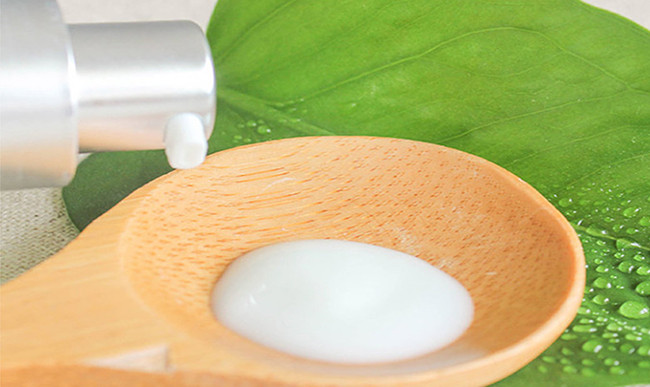Aug 11, 2021
The most widely used steel material in industry undergoes varying degrees of corrosion when used in environments such as atmosphere, seawater, soil, and building materials. According to statistics, the annual loss of steel materials due to corrosion worldwide accounts for approximately one-third of its total production. In order to ensure the normal use of steel products and extend their service life, the anti-corrosion protection technology of steel has always been widely valued by people.
Hot dip galvanizing is one of the most effective methods to delay environmental corrosion of steel materials. It involves immersing cleaned and activated steel products in molten zinc solution, and coating the surface of steel products with zinc alloy coatings with good adhesion through the reaction and diffusion between iron and zinc. Compared with other metal protection methods, the hot-dip galvanizing process has unparalleled advantages in terms of the combination of physical barrier and electrochemical protection of the coating, the bonding strength between the coating and the substrate, the density, durability, maintenance-free and economic properties of the coating, and its adaptability to the shape and size of the product.
The following are some applications of quaternary ammonium salts in the hot-dip galvanizing industry:
Degreasing agent: During the hot-dip galvanizing process, metal surfaces often need to be cleaned of oils, dirt, and other impurities. Quaternary Ammonium Salt can be used as a component of degreasing agents to remove organic substances from the metal surface. They have good grease-removing properties and can effectively clean the metal surface, providing a solid foundation for the galvanizing process.
Zinc salt inhibitor: Some metal surfaces may experience zinc salt dissolution issues during hot-dip galvanizing. Quaternary Ammonium Salt can be used as an additive to react with zinc salts and form insoluble quaternary ammonium zinc salts, reducing their solubility and preventing zinc loss.
Inhibitor: In the hot-dip galvanizing process, uneven coating formation, known as poor passivation, may occur on some metal surfaces. Quaternary Ammonium Salt can be used as an inhibitor by adsorbing onto the metal surface and regulating the electrode reaction rate. This helps to suppress the occurrence of poor passivation and achieve a uniform coating.
Surface modifier: Quaternary Ammonium Salt has good surface-active properties, allowing them to interact with metal surfaces and improve their wetting properties, corrosion resistance, and coating performance. During the hot-dip galvanizing process, Quaternary Ammonium Salt can be used as a surface modifier to enhance the wetting properties of the metal surface, making it easier to achieve a uniform and durable coating.



